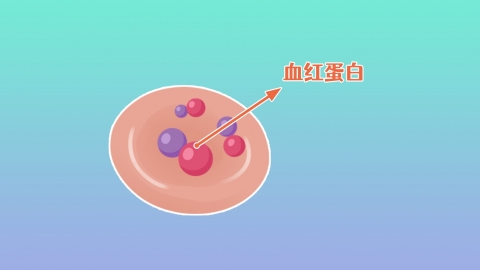What type of anemia is indicated by low hemoglobin?
Generally, low hemoglobin is only the core manifestation of anemia and cannot be directly equated with a specific type of anemia. Further classification based on etiology is required, among which iron deficiency anemia is a common clinical type. The detailed analysis is as follows:

From the perspective of etiology, anemia with low hemoglobin can be mainly divided into three categories: First, decreased production—such as iron deficiency anemia, caused by insufficient iron intake or excessive loss, leading to lack of raw materials for hemoglobin synthesis; megaloblastic anemia due to deficiency of vitamin B12 or folic acid affecting red blood cell maturation; and aplastic anemia resulting from bone marrow failure in blood cell production. Second, excessive destruction—such as hemolytic anemia, where the rate of red blood cell destruction exceeds production, causing reduced hemoglobin levels. Third, excessive loss—namely hemorrhagic anemia, in which acute or chronic blood loss directly reduces hemoglobin.
In clinical practice, it is necessary to identify the underlying cause through tests such as complete blood count, serum iron, and vitamin levels to enable targeted treatment. Simply identifying low hemoglobin without determining the specific type may delay diagnosis and management of underlying conditions, such as those causing chronic blood loss.








